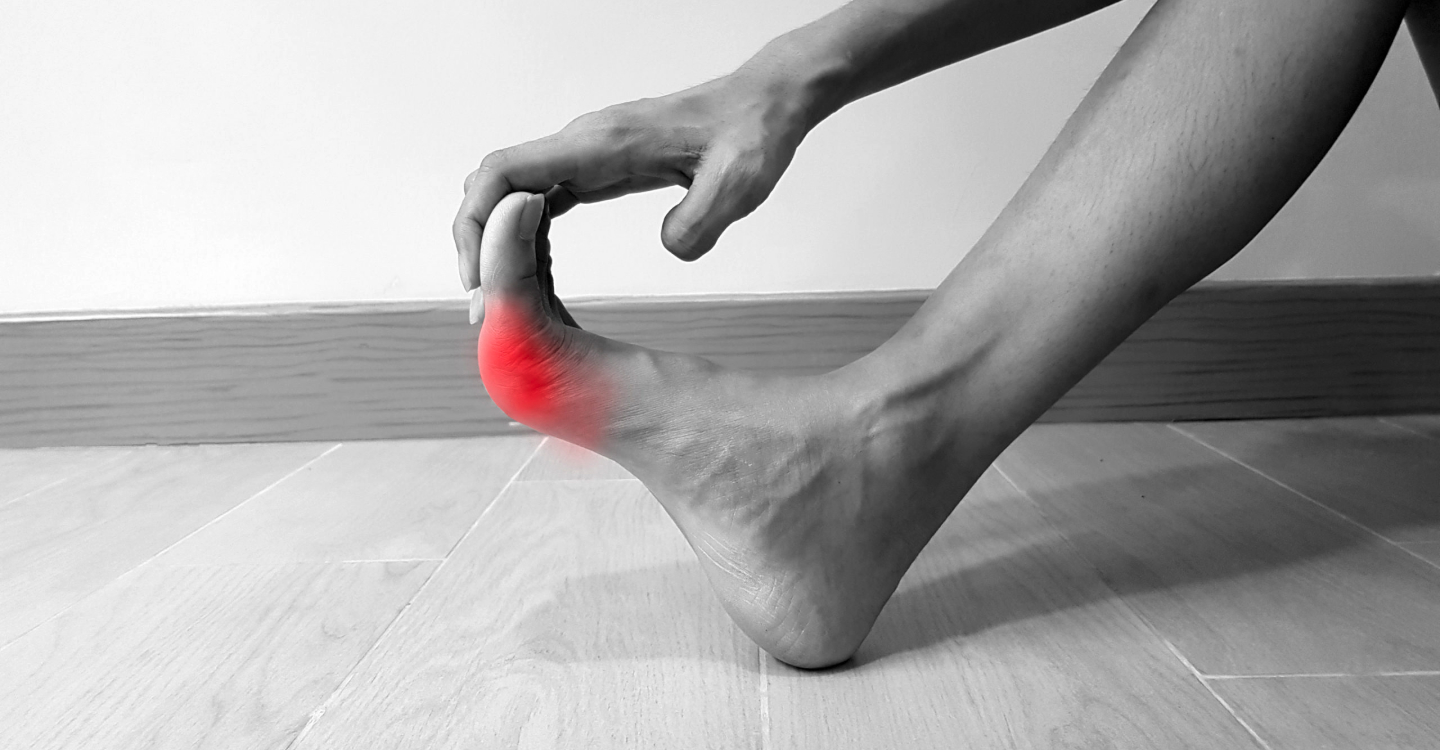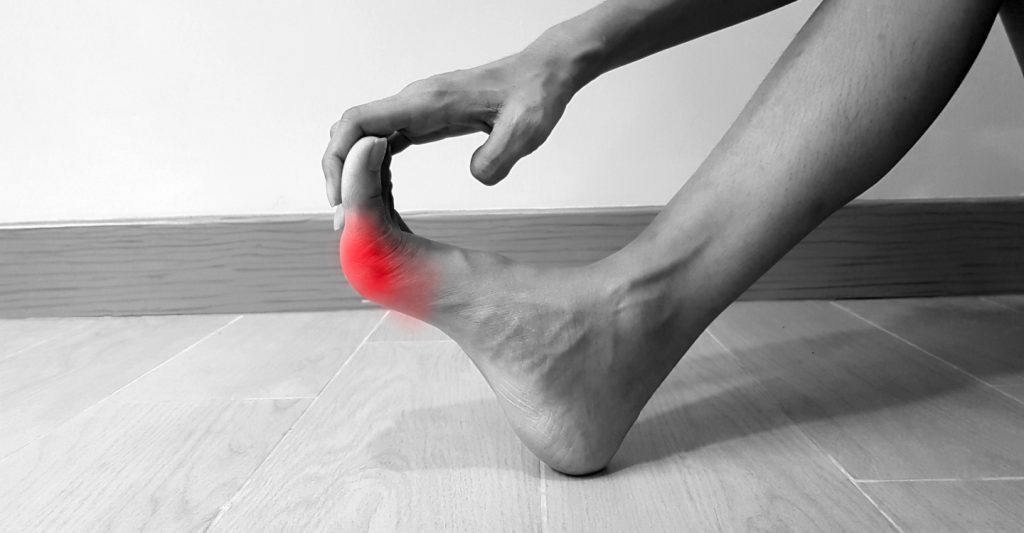
Athlete’s foot is a fungal infection that begins usually between the toes and causes itching, burning, and stinging in the infected area. Athlete’s foot is a contagious infection and can be spread through floors, clothing, or towels that are contaminated. This infection is an uncomfortable and disruptive foot condition that can easily spread if not treated. Read on for the symptoms, causes, and treatment of athlete’s foot.
Symptoms of Athlete’s Foot
Athlete’s foot is usually identified by a scaly, red rash in between the toes or on the foot and symptoms include:
- Cracked, flaking, and peeling skin
- Itchiness
- Burning or stinging pain
- Oozing blisters
- Ulcers
The fungus from athlete’s foot could spread to your toenails as well. This could cause them to become thick, discolored, or crumbly.
Causes of Athlete’s Foot
The fungus that causes athlete’s foot is the same fungus that causes ringworm and jock itch. The most common types of fungus that lead to athlete’s foot thrive on warm, moist surfaces. You are more likely to develop athlete’s foot if you:
- Sweat excessively
- Mainly wear closed-toed shoes
- Wear damp socks or tight-fitting shoes
- Develop a minor skin or nail injury
- Go without shoes frequently in public spaces
- Have a weakened immune system
- Share clothes, shoes, or linens with someone who has a fungal infection
Treatment of Athlete’s Foot
Although athlete’s foot does not pose a serious threat to your health, it can be disruptive and uncomfortable. If left untreated, it can spread to other parts of your body like your hands, groin, or your nails. Since it is contagious, it is important to see your doctor if you believe you are suffering from athlete’s foot. Your doctor may be able to diagnose your athlete’s foot simply by looking at it; in other cases, they may require skin samples, or view your feet under a Wood’s light.
Once diagnosed, you may be able to use over-the-counter creams, ointments, powders, or sprays to clear up the infection. If you’re suffering from a more severe infection you may require prescription-strength medication or antifungal pills for treatment.
If you have any questions about the symptoms, causes, or how you can treat athlete’s foot, get in touch. Our podiatrists are always available to answer your questions.



